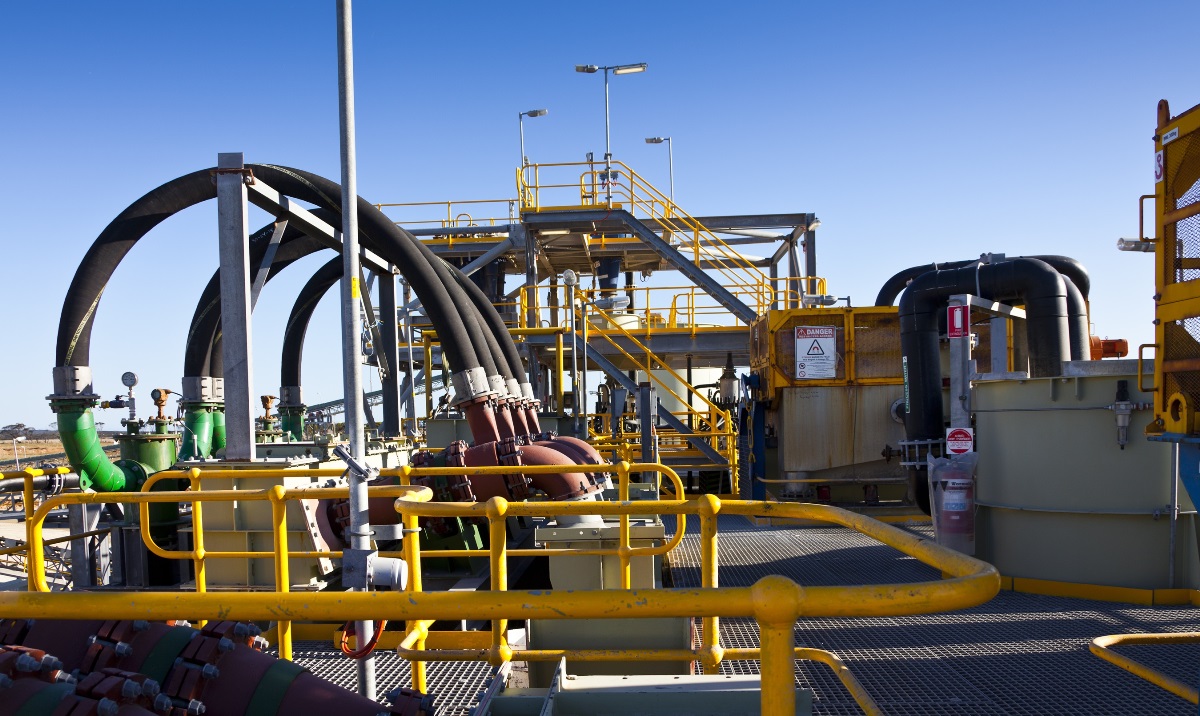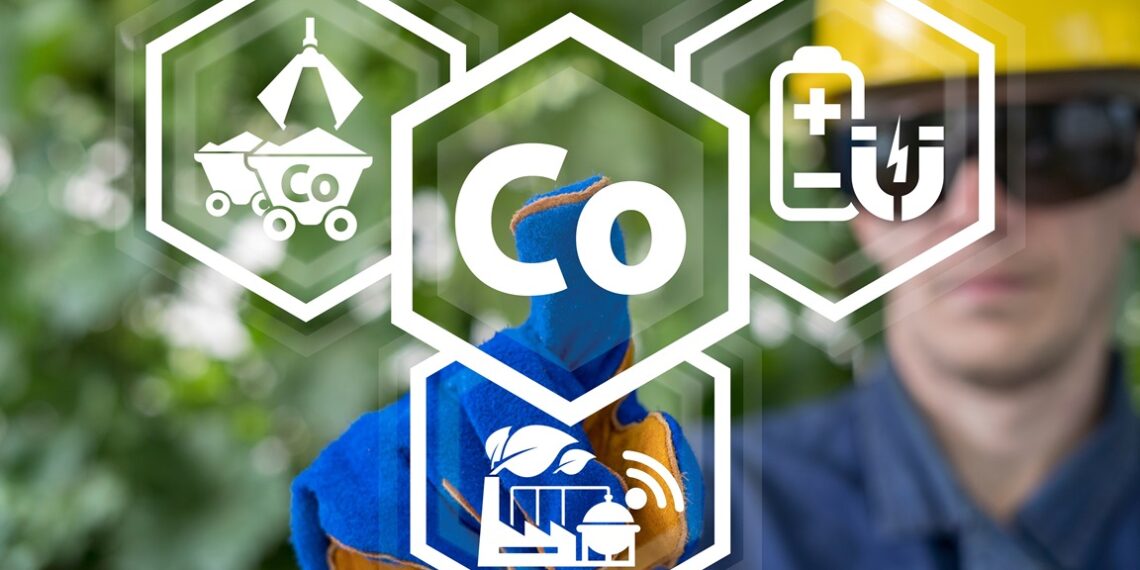The world is going electric — from vehicles to smartphones, portable electronics and renewable energy storage systems.
According to Oscar van Antwerpen, who is the director and founder of leading geological consulting firm Minrom, this battery-powered world is fueled by crucial minerals like lithium, cobalt, nickel, manganese, and graphite.
By 2030, renewable energy is likely to account for 20% of South Africa’s power mix — a far cry from its initial target of 41% by the end of the decade — with the country’s updated energy blueprint committing to more than 100 gigawatts of new generation capacity to be built by 2050.
“For this goal to materialise and for us to end South Africa’s ongoing energy crisis, however, battery storage will be key,” van Antwerpen urges.

As consumers, industries and economies grow more reliant on renewable energy and electric mobility, the demand for battery minerals has surged exponentially. “The global shift towards electrification and renewable energy has created an insatiable appetite for these minerals” he explains. “With an increased focus on environmental sustainability and the need to safeguard the earth for future generations, the importance of battery minerals cannot be overstated.”
“Consumers should care about what is happening in the battery mineral mining industry as it directly impacts technological innovation environmental sustainability, electric vehicles and the future of renewable energy… and with that, an alleviation to the energy crisis,” van Antwerpen says.
The availability and cost of battery minerals directly impact the adoption and affordability of renewable energy technologies and electric vehicles. “Consumers who support the transition to cleaner energy sources, the efficient storage of renewable energy generated from solar and wind, should be aware of the challenges and opportunities within the battery mineral mining industry; these minerals lie at the heart of a just transition,” he says.
He says over the past few years, the need for minerals like manganese dioxide and vanadium, cobalt, copper, lithium, nickel, and graphite has evolved significantly: “This is driven by rapid technological advancements and the rapid growth of industries reliant on energy storage, electrification, and sustainable technologies. Most people are familiar with the uses for lithium in psychiatric medications that help manage mood disorders, but now it plays a crucial role in powering renewable energy.”
As these trends continue to unfold, the importance of these minerals in shaping the future of technology and sustainability will keep expanding. “The exponential growth in the electric vehicle and renewable energy markets has propelled the demand for these minerals, which are the building blocks for lithium-ion batteries.”
Copper, he adds, is a fundamental component in electrical wiring and electronics, and the rapid expansion of renewable energy infrastructure and the electrification of transportation has led to increased copper demand.
The question now, says van Antwerpen, is how best to meet these needs in a sustainable way. “Securing sufficient supplies is one of the greatest challenges we face in enabling this transition.”
With a comprehensive strategy rooted in cutting-edge geological expertise, technological innovation and an unwavering commitment to environmental stewardship, Minrom is at the forefront of exploration and extraction to meet the rapidly growing demand for these minerals.
With van Antwerpen at Minrom’s helm, they specialise in providing geological consulting services across the full lifecycle of mineral exploration, due diligence and resource evaluation, mining and production.
“Our team of geologists and engineers possesses a wealth of experience in identifying and assessing mineral deposits, particularly those rich in lithium, manganese dioxide, and vanadium,” he explained. “Through meticulous exploration and extraction processes, coupled with state-of-the-art technologies, we aim to optimise resource utilization.
“We firmly believe that responsible resource development goes hand in hand with environmental stewardship and social responsibility,” he explains. “We prioritise sustainable practices, adhere to environmental regulations and strive to foster positive relationships with the communities we operate in.”
Minrom’s footprint in battery minerals extends well beyond South Africa’s borders.
“Our team of experts has decades of experience identifying and assessing mineral resources across the African continent and globally,” he explains. “We work closely with mining companies and investors in countries like Botswana, Namibia, Tanzania, Gabon, Kenya, Morocco, Uganda Democratic Republic of the Congo and Madagascar to derisk projects, maximise yields and ensure sustainable, ethical sourcing of these critical materials.”
As the energy revolution accelerates, the need for battery minerals will continue to surge.
Van Antwerpen says companies like Minrom play an essential role in bridging the supply gap and enabling transformative technologies that are paving the way for a greener future:
“Whether we are talking about the cars of the future or the electricity solutions of tomorrow, battery power will reshape how we produce and consume energy. We’re committed to helping realise that vision by responsibly unleashing the mineral potential as the global demand for battery minerals continues to grow. Through collaboration, innovation, and a steadfast dedication to our core values, Minrom is confident in our ability to contribute meaningfully to a cleaner, greener future.”






